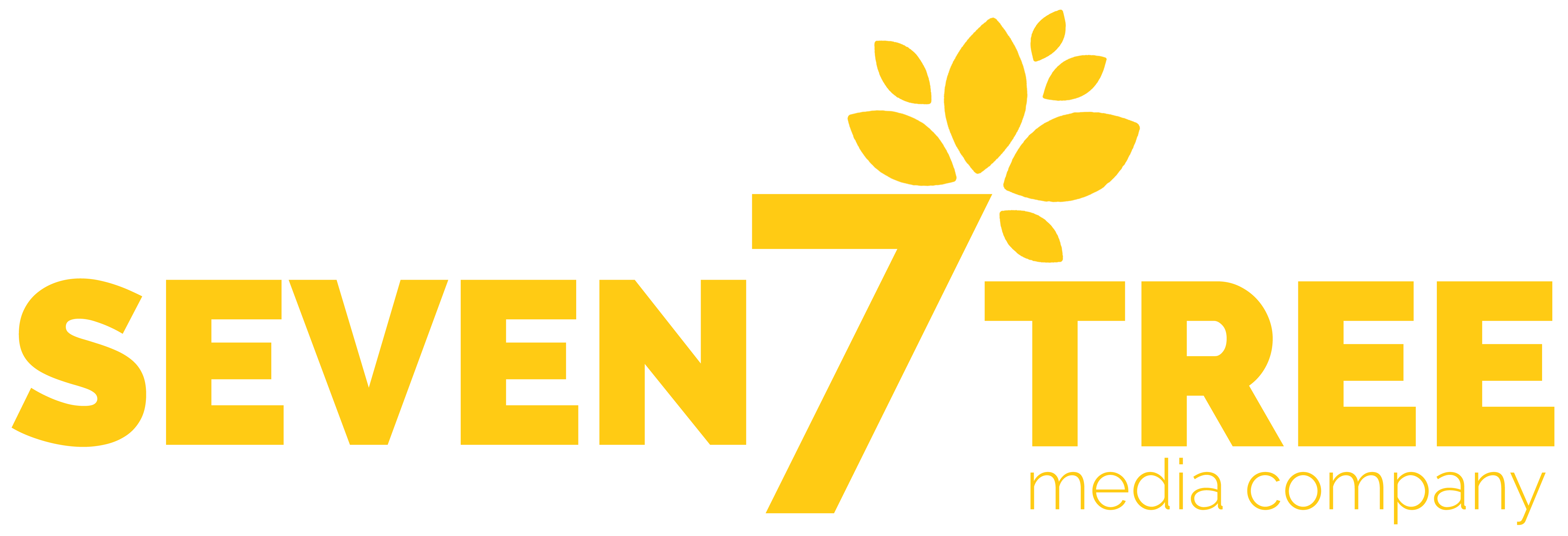CRM tools for legal firms are evolving fast in 2025 and firms that want to keep winning clients can’t afford to stay stuck in the past. Gone are the days of treating your CRM like a glorified Rolodex. It’s now the nerve center of your law firm’s growth strategy, doing the work of marketing manager, sales assistant, scheduler, and client service rep all in one.
Here’s the thing though: most firms still use outdated systems or underpowered software. They know it’s clunky, slow, and disorganized, but upgrading feels like a hassle. What they don’t realize is how much easier, faster, and more profitable their firm could be if the CRM actually worked like a member of the team.
Let’s talk about the real CRM trends in 2025 that are quietly turning legal firms into lead-generating, client-retaining machines.
Still Using Your CRM Like a Digital Filing Cabinet?
Many legal professionals stick with whatever system they’ve had for years. Contacts? Check. Calendar? Kinda. Notes? Somewhere. But the truth is, if your CRM isn’t helping you win clients, not just store their info then it’s costing you.
Modern legal CRMs do way more than organize. They activate. When a potential client fills out a form, a properly tuned CRM doesn’t just log the details. It sends a welcome message, books a call, alerts your team, starts a nurture sequence, and tracks every step until they sign that engagement letter.
This is more than slick tech. It’s what lets small law firms compete with the big players, without hiring a fleet of staff.
What’s Actually Working in 2025?
You’ve probably heard about automation and AI before but what’s really happening inside top-performing law firms? Based on proven systems already running in practices just like yours, here are the trends that matter now:
CRMs are now integrated with automated workflows. One intake form can trigger a cascade of activity: tagging the lead, sending a personalized email, dropping them into a call booking flow, and even updating the pipeline automatically. You can even build branching logic to respond based on how or whether they reply.
Even better? These systems don’t just follow up once. They persist, smartly. If a client opens an email but doesn’t reply, the system knows. If they ghost you for a week, it follows up gently or flags your team if the lead was highly qualified. You’re not chasing anymore; you’re closing.
Client Pipelines That Practically Run Themselves
Imagine looking at your CRM dashboard and seeing exactly where every client stands without guessing, scrolling, or digging through email threads. In 2025, that’s not a dream. It’s the new normal.
CRM systems now visualize the entire marketing pipeline from cold outreach to client onboarding. It starts with someone clicking a blog post or replying to a LinkedIn message, moves through follow-up touchpoints and nurture emails, and ends with a signed agreement and kickoff call.
The magic? Each step is tracked, triggered, and logged automatically. So when a potential client says “Let me think about it,” the system already knows how to respond. That’s not just efficiency, that’s conversion optimization built into your backend.
AI Isn’t Replacing Lawyers. It’s Empowering Them.
This year, the conversation around AI in law firms finally shifted. It’s not about replacing attorneys, it’s about helping them focus where it counts. AI now takes over repetitive, low-level tasks that drain your day but don’t require your expertise.
Think of it like this: while you’re prepping for court, your CRM is drafting emails, following up on leads, booking calls, sending reminders, and even summarizing conversations after they happen.
This is especially powerful for smaller firms. You don’t need a full-time marketing team when you’ve got AI writing, scheduling, and tracking your outreach across every platform.
How are CRM tools making a difference in Law?
Here’s where legal CRMs are making the biggest difference this year and why it matters:
- Intake automation: From QR code scans at events to form submissions, the system captures the lead and launches a welcome flow automatically.
- Smart follow-ups: Clients who engage get nurtured. Those who ghost? They get checked in on, with timing and tone that match the interaction history.
- Pipeline management: Every stage of the client journey from lead to close is tracked with triggers and alerts.
- AI email writing: The CRM drafts and personalizes follow-ups based on your prompts, keeping leads warm without daily manual effort.
- Appointment reminders: Confirmations, nudges, and last-minute SMS reminders keep your calendar full and your no-show rate low.
Marketing Integration That Does More Than “Support Sales”
The right CRM doesn’t just help with sales, it drives marketing. Most of today’s top CRMs are fully integrated with content strategies, SEO tools, ad platforms, and even review sites like Google My Business. If someone clicks a Facebook ad or downloads a lead magnet, they’re instantly added to the right campaign with the right message.
It doesn’t stop there. Legal firms using AI-powered CRMs can now turn a single blog post into a month of content. One article becomes social posts, email drips, YouTube video prompts, and even follow-up offers. That’s how you stay visible without burning out.
Sales and Service: Two Sides of the Same CRM Coin
Old CRMs treated sales and service as separate. Today? They’re one smooth cycle. The same system that tracks how someone found you is also handling appointment logistics, sentiment scoring, and even service upsells.
Take this real-world example: A client books a discovery call. The CRM handles the scheduling, sends pre-call material, reminds them the day before, follows up 15 minutes after, and even tags them for a future service they might need. No extra staff. No missed steps.
Client experience is no longer about how friendly your receptionist is, it’s about how seamless every step feels.
Ready Isn’t a Feeling It’s a System
You don’t have to build this from scratch. The truth is, most of the systems described here are already mapped out and ready to plug into the tools you’re using or should be using today.
And it doesn’t take a team of developers. Just the right strategy and a CRM setup that’s tailored for your firm, not some generic “business in a box.”
The first step? Stop treating your CRM like a digital phone book. Start treating it like a silent partner, one that never sleeps, never forgets, and always follows through.
Key Takeaways
- Legal CRM in 2025 isn’t just a contact tool it’s the engine behind client acquisition, follow-up, marketing, and retention.
- AI and automation are now baked into smart CRMs, making solo practices feel like they have a full team running 24/7.
- Every client touchpoint from intake to review request can be mapped, tracked, and optimized inside your CRM.
- The difference between slow growth and compounding results often comes down to how smart your systems are.
Want help mapping this out for your firm? Contact us today and let’s build a CRM that actually works for you.

